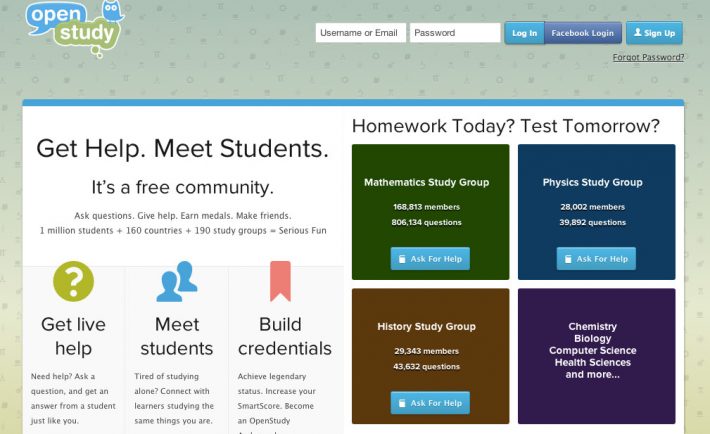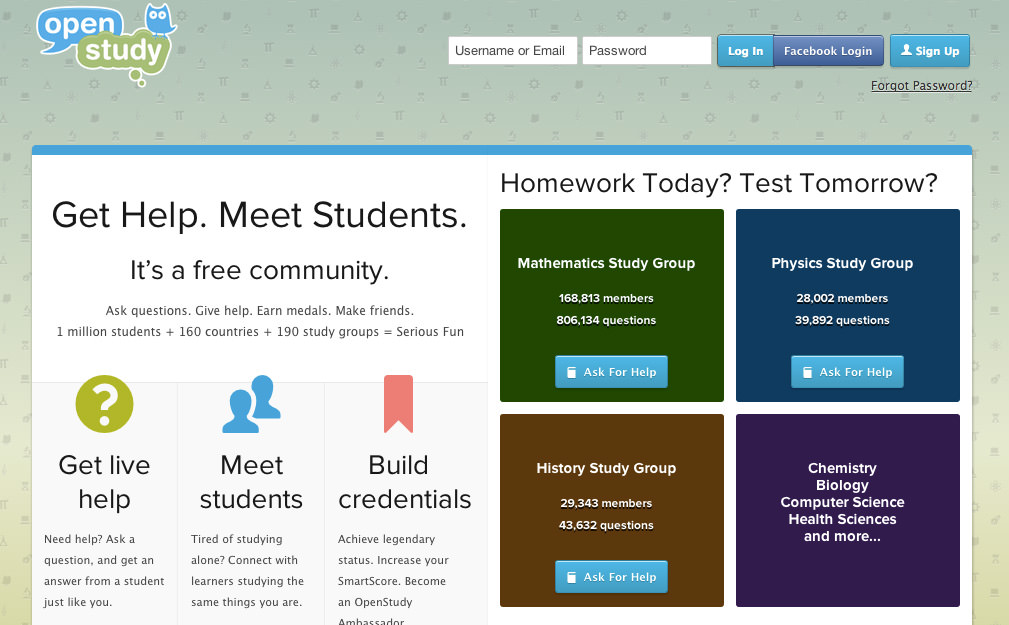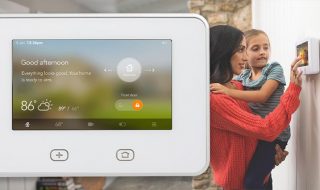
Going to college is an increasingly popular move, perhaps because some higher education is all but required for anyone who wants to follow a professional-track career. Numbers released in 2017 show that more than one-third of American adults report having at least a bachelor’s degree to their name. In 2007, that number was just 28 percent. Students of 2019 are no doubt helped by the rise of technology that makes it both easier to attend classes and easier to study. Here’s three ways that technology helps you study in a more efficient way.
You can email your professor

College students attending classes in the 80s and early 90s had little choice in the matter: If they wanted to talk to their professor, they had to show up during office hours. If their professor’s office hours didn’t line up with the student’s schedule, then the student might have to take off work or otherwise rearrange their schedule. But now virtually every professor has an official school email address listed on their syllabus. If you have a question about an assignment, all you need to do is type an email and hit send.
In fact, some professors don’t even have office hours anymore, at least not in the traditional sense. That’s because most or all of their classes are taught online. Yes, it’s possible to take just about any kind of class online now. You can sign up for everything from political science bachelor’s programs to mental health Master’s programs online.
In the past, you might be able to get away with saying something like “I didn’t understand the assignment, so I just didn’t do it.” These day, you can send a question to your professor literally anytime of day. They may not answer right away, especially if you send it 30 minutes before a class starts, but most professors will try and get back to you as soon as possible.
You’ve got a computer in your pocket or purse
College students of yore had to head to the computer lab or library if they wanted to research something for class. But in present times, 77 percent of Americans own a smartphone, and 73 percent have broadband service in their home. If you’re not at home and need to look at something, you can probably connect to a local Wi-Fi hotspot. If that’s not an option, you can use data to search for a question about organic chemistry or English literature on your phone.
We have more information than ever before available to us. All we have to do is take our smartphones out and press a few buttons. Keep in mind however, that while you may have immediate access to a smartphone, having data or internet services is not always as immediate. In some ways, our cellular data networks are a lot like our highways: They weren’t built for all this traffic, and the increase in usage means there can be jams. Something like a cell signal booster can help ensure you get all your assignments done on time.
Online study and discussion groups

There’s no need to meet in the library when you can start an email chain or group chat with your classmates. This makes group projects easier than ever. Then there’s the fact that your class probably has a virtual homepage on a learning management system like Canvas or Blackboard.
Many teachers make online participation a part of your grade. This usually means you have to get online and weigh in on a topic discussed in class. You don’t have to write an entire essay on the discussion board, but you are expected to go a little farther than “I agree with what Steve said about Austen.” While it may feel annoying in the moment, these exercises are supposed to get you to think about the class materials rather than just skim passages without absorbing anything.




